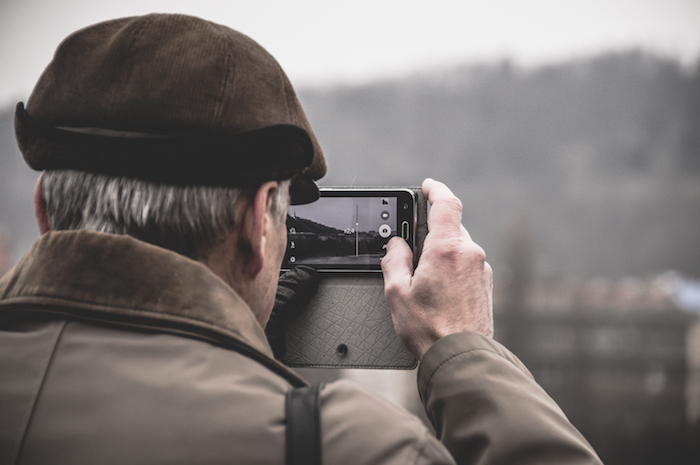
First screen, second screen and vice-versa
In the context of television viewing, it is often assumed that the main screen is the television and the second screen is another device.
For instance, in reality TV shows applications for the second screen are closely linked to content. These enable (among other things) the viewer to vote, share their experience on social networks, find more information on a subject and catchup on or replay the show.
But can the first screen become the second, and vice versa?
Absolutely – and I recently observed the inversion of this paradigm.
In the case of live F1 racing, three devices are used: TV for the big HD screen experience, the tablet for real-time statistics and the laptop to visualize a map of the circuit. The tablet became the main viewing screen.
Why? Simply because there is a 5 second lag on the television broadcast. These 5 seconds have a major impact for F1 fans – which forces a change in behaviour.
This observation further confirms the importance of analyzing the context of use and the need for behavioural studies on the real use of the second screen, which is still unexplored.
Source: New feed1
0 Comment(s)